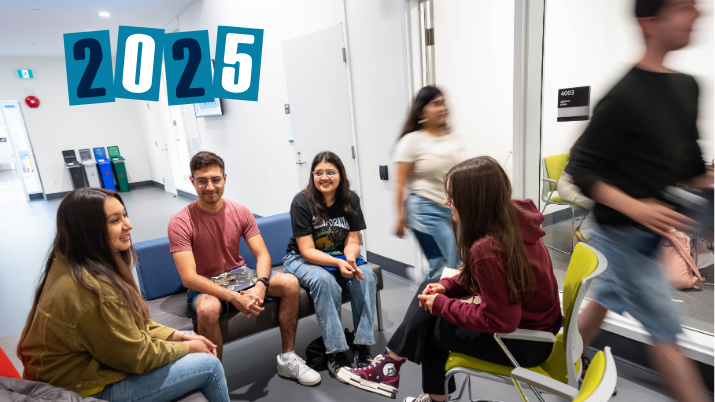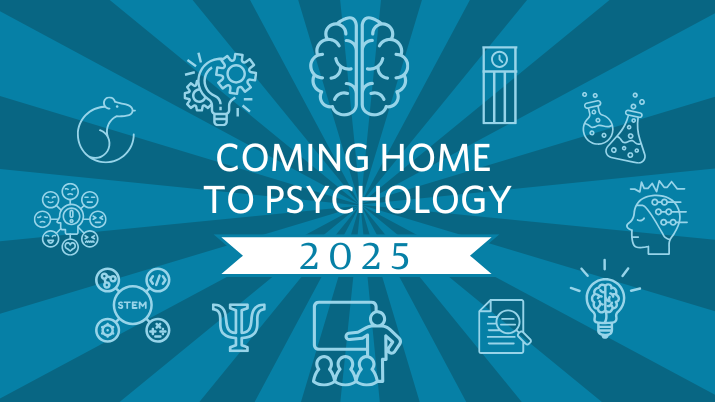FEATURING
Dr. Adam Steel, Assistant Professor in Cognitive Neuroscience at University of Illinois Urbana-Champaign.
TITLE
Mechanisms underlying perceptual and mnemonic interaction in the brain
ABSTRACT
Natural behaviors require perceptual and mnemonic information to dynamically interact. For example, when navigating, we continuously exchange information about the current percept with our memory of the surrounding environment. What neural mechanisms allow perceptual and mnemonic representations to interact in the brain? Here, I address this question in the domain of visual scenes using fMRI. First, I describe a topographic dissociation between the brain areas supporting perception and memory of scenes. Specifically, a set of scene-memory related brain areas fall anterior and adjacent to areas involved in scene perception. These memory areas selectively co-fluctuate with the hippocampus during naturalistic scene understanding, constituting a bridge between perceptual and visuospatial representations. Second, using a combination of fMRI and immersive virtual reality, I show that these scene-memory areas uniquely process the extent of known visuospatial context currently outside of view, consistent with a role in jointly representing perceptual and mnemonic information. Finally, I show that a low-level coding mechanism, retinotopy, scaffolds the scene-perception and memory areas’ interaction, such that retinotopic populations in scene perception and memory areas exhibit retinotopically-specific opponent responses during bottom-up perception and top-down recall. Together, these studies provide a novel framework for understanding how perceptual and mnemonic information coexist and interact in the brain, and suggest that perceptual-grounded neural codes play an important role in structuring interregional interaction outside of sensory cortex.
BIO
Dr. Steel is known for his pioneering research on how the brain processes and represents visual information, with a particular focus on scene perception and spatial memory. His work integrates behavioral studies, neuroimaging, and computational approaches. Dr. Steel has published in top journals like Nature Neuroscience and Current Biology. Before his current position, he completed postdoctoral training at Dartmouth College and earned a D.Phil. from the University of Oxford.
Annually the Department of Psychology hosts a Colloquia Series throughout the academic year. This exciting program brings us together outside of the classroom to have conversations with the speakers we’ve invited to our campus to share their ideas. You’ll have the chance to hear from international speakers on a wide range of provocative topics.

